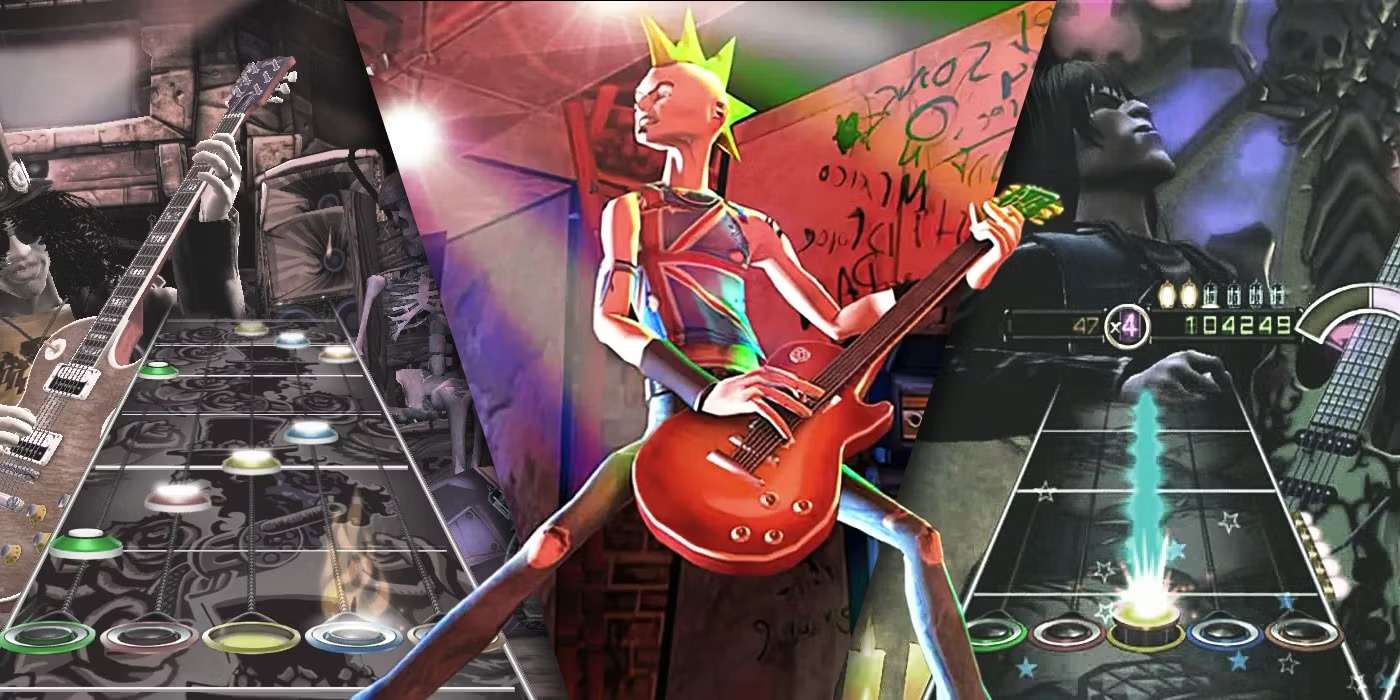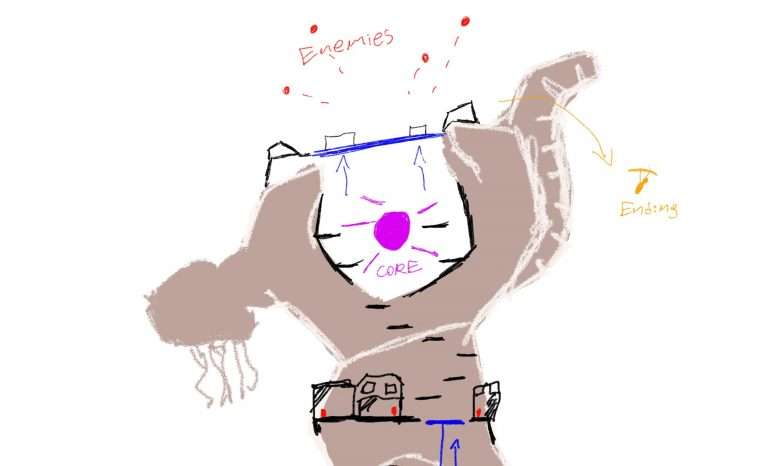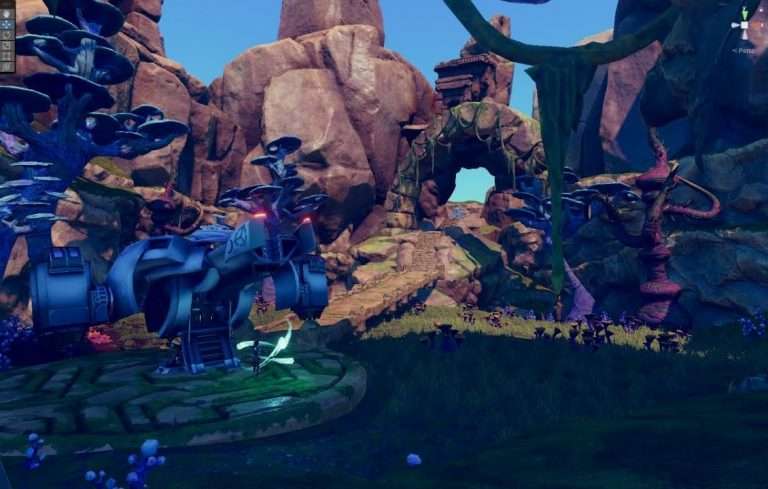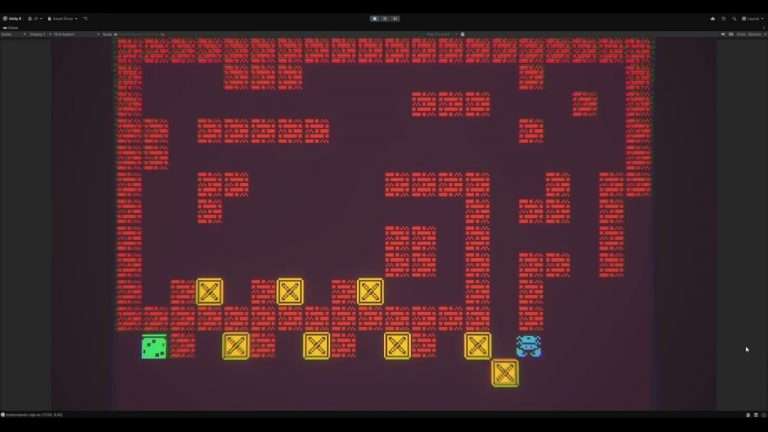1. Game presentation
Frets on Fire
An open source musical rhythm game where players pretend to play the guitar using a keyboard. Holding the keyboard like a guitar and pressing function keys like frets while using the Enter key to press, players try to hit notes that scroll across the screen.
- Controls : Use of the keyboard, holding it like a guitar.
- Gameplay : Two types of notes (simple and long), with basic mechanics.
- Controller : The keyboard lacks haptic feedback.
Guitar Hero
A pioneering game in the genre, with a guitar-shaped controller and fret buttons. Includes a whammy bar for extended notes.
- Controls : Fret buttons, pulse bar and whammy bar.
- Playability : Combines normal and sustained notes, with immediate feedback.
- Controller : Pop culture icon for its attractive design.
Rocksmith
An educational game that allows you to use a real guitar as a controller, connecting it to a console or PC by means of a special cable.
- Controls : Use of a real guitar, with intuitive 3D representation of the frets.
- Gameplay : Similar to other rhythm games, but with educational elements.
- Controller : Requires a PL to USB cable.
Unplugged VR
A virtual reality game that simulates playing the guitar in the air, using hand tracking technology to detect positions and movements.
- Controls : The player’s own hands, without a physical controller.
- Gameplay : Circular interface in augmented reality that guides movements.
- Controller : Lacks physical feedback, which limits immersion.
2. Comparative analysis of different types of interface
2.1. Introduction
Using design principles such as the “Physical Interface Lens” and the “Feedback Lens,” games are analyzed in the following key areas:
- Mapping physical input → virtual world:
- Guitar Hero stands out with its touch bar and intuitive design.
- Rocksmith uses a real guitar, offering authenticity.
- Frets on Fire lacks tactile feedback.
- Unplugged VR innovates with gestures, but lacks physical references.
- World exit → physical interface:
- All analyzed games offer auditory feedback, but none include haptics.
- Virtual interface → world:
- Guitar Hero and Rocksmith stand out for their intuitive design.
- Unplugged VR struggles with the lack of physical references.
- Player’s imagination:
- All promise immersion under the fantasy of being a rock star.
2.2. Comparative analysis of the feeling of control
Frets on Fire vs. Guitar Hero:
- Execution of actions: Frets on Fire uses a keyboard, while Guitar Hero has a dedicated controller.
- Control and feedback: Guitar Hero offers tactile and auditory feedback, while Frets on Fire lacks it.
Guitar Hero vs. Rocksmith:
- Execution of actions: Guitar Hero simplifies the concept of the guitar, while Rocksmith uses a real guitar.
- Control and feedback: Rocksmith brings authenticity, but requires more skill.
Guitar Hero vs. Unplugged VR:
- Action execution: Guitar Hero has precise controls, while Unplugged VR relies on hand tracking.
- Control and feedback: Guitar Hero is immersive, while Unplugged VR struggles with inconsistencies.
3. Analysis of accessibility problems in Unplugged VR
3.1. Usability and accessibility analysis
- Learning: Basic tutorial, but lacks physical controls that help to learn.
- Simplicity: Minimalistic interface, but hand tracking can be inconsistent.
- Efficiency: It depends on specific gestures to access options, which may not be intuitive.
- Aesthetics: Vibrant scenarios, although the lack of tactile feedback affects the experience.
3.2. Accessibility problems
- Physical accessibility: Requires precise movements, which can be a challenge for users with reduced mobility.
- Visual accessibility: It depends to a large extent on visual signals, which makes it difficult for users with visual disabilities.
- Auditory accessibility: Lacks visual substitutes for players with hearing disabilities.
- Technological barriers: Requires advanced hardware, limiting access for many users.





